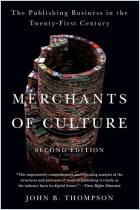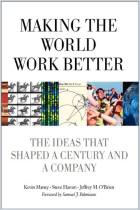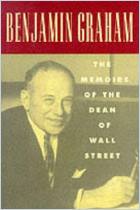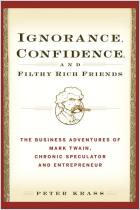
Recommendation
Thomas Jefferson was president when John Wiley & Sons, the giant publishing house, was founded in 1807, so long ago that many people read its books by candlelight. Of course, other firms have published classics by James Fenimore Cooper, Herman Melville, Washington Irving and Edgar Allen Poe, but few others did so when these immortals were alive. In the early 1800s, Cooper, Irving and other literati met to discuss their latest works at the “Den,” Wiley’s Manhattan writers’ retreat. If you read, went to school, use technology, travel, or work in business, science or medicine, Wiley has touched your life. Perhaps you used CliffsNotes in college, Frommer’s guides on vacation, Weight Watchers books to lose weight and Betty Crocker cookbooks to gain it. Wiley is now the world’s leading publisher of scholarly, scientific and technical journals and books. You would expect a major publishing company to issue an outstanding book about its first 200 years – and, indeed, it has, a handsome, oversized corporate biography. getAbstract recommends this well-designed, lavishly illustrated and expertly written insider’s view.
Summary
About the Authors
Timothy Curtis Jacobson is an author and editor who founded Chicago Times magazine. George David Smith is a professor of economics and international business at New York University, where Robert E. Wright is an associate professor of economics.






















Comment on this summary